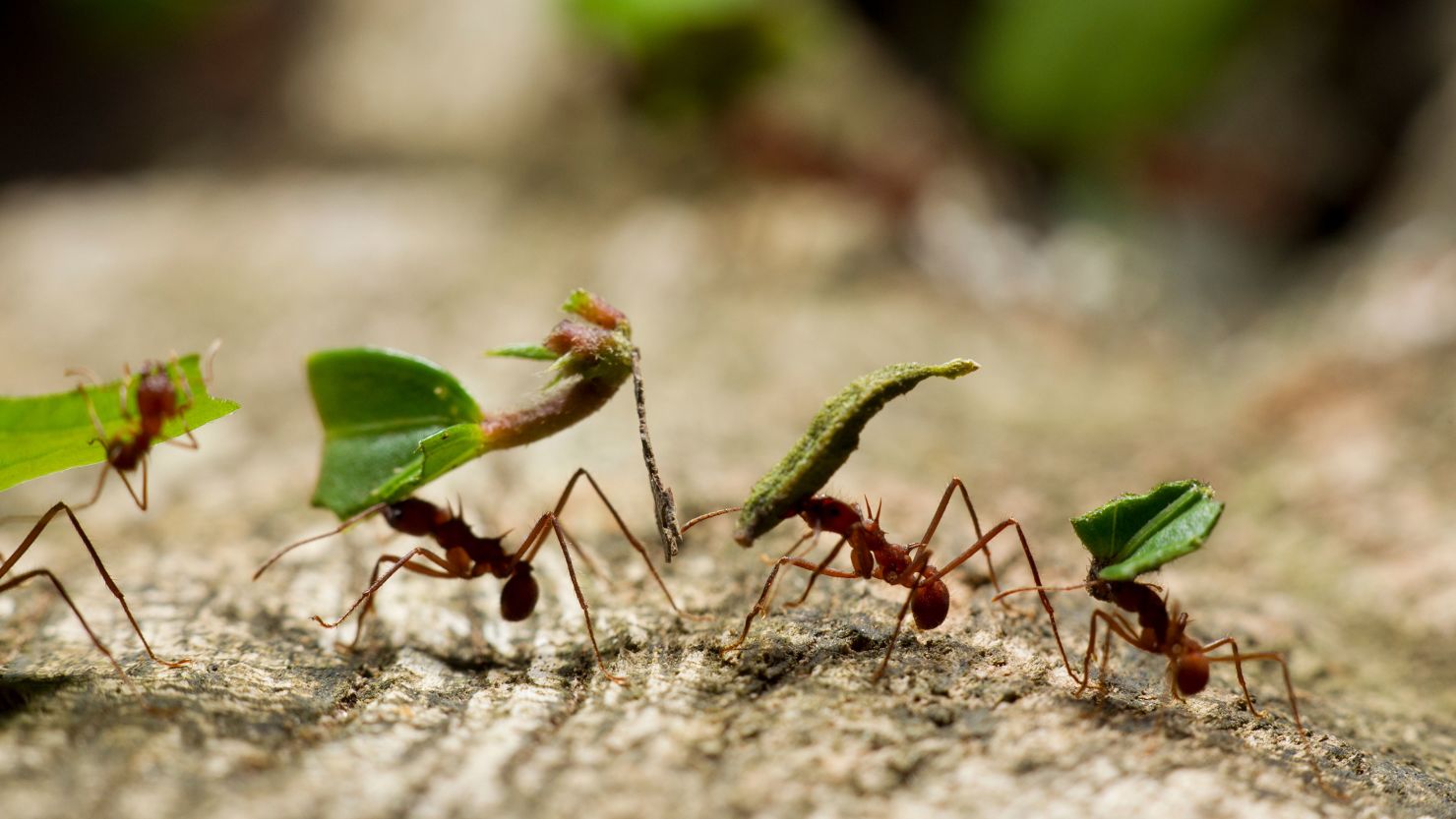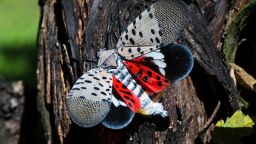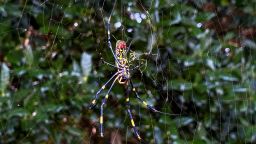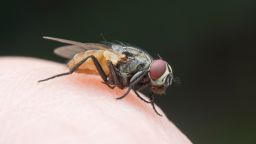Editor’s Note: Sign up for CNN’s Wonder Theory science newsletter. Explore the universe with news on fascinating discoveries, scientific advancements and more.
Ants are tiny in size but not in number. There are about 20 quadrillion ants on the Earth at any given time, a new study has estimated. That’s 20,000 trillion individuals.
The estimate is two to 20 times higher than previous ones, according to the study, published in the journal Proceedings of the National Academy of Sciences on Monday.
“We were very surprised about the large number of ants we found,” Sabine S. Nooten, an insect ecologist and temporary principal investigator at the University of Würzburg in Germany, told CNN Tuesday. Nooten was a co-lead author of the study.
“We virtually didn’t have any expectations because the numbers which floated around beforehand in scientific literatures were basically educated guesses, and they had very little empirical data to work from,” she added. “And, so, this is the novelty of our study because we synthesized the data from a lot of empirical studies.”
The previous global estimate of between 1 quadrillion and 10 quadrillion ants by renowned biologists Bert Hölldobler and Edward O. Wilson assumed that they made up approximately 1% of the world’s estimated insect population of 1 quintillion individuals, according to the study.
However, the research team of this latest study based the new estimate on observational evidence from an extensive data set of globally distributed ant samples. The authors identified and assessed 465 suitable studies, encompassing 1,306 sampling locations, covering all continents and major biomes where ants live.
Scientists could use the study’s comprehensive data set, which spans 80 years, to predict what future communities or environments might look like, according to Nooten. For example, the team estimated the number of ground-dwelling ants, which densely populate tropical and subtropical regions, such as South American forests, to be around 3 quadrillion.
“We might be able to already see change over time in our data set,” co-lead author Patrick Schultheiss, a temporary principal investigator at the University of Würzburg, told CNN. Schultheiss highlighted that changes in agriculture or the way that forests have been logged could have an impact on the number of ants.
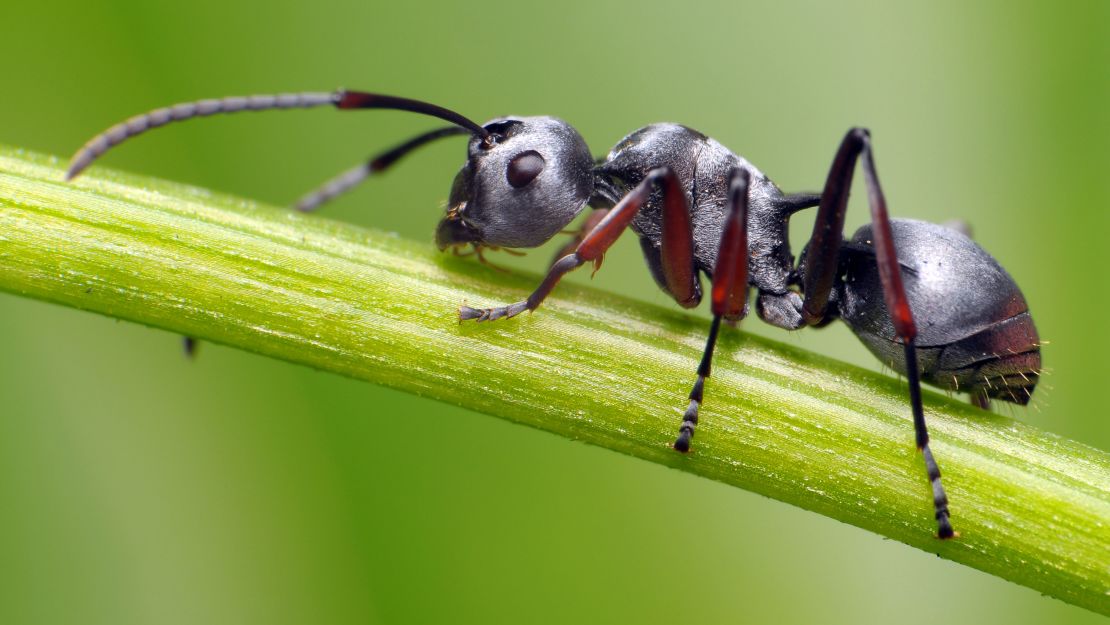
“No one has ever assembled a data set on ants on a global scale,” Schultheiss said. He added that while they knew from studies that ant numbers were very high in the tropical forests of West Africa compared with regions in the Arctic, “we didn’t know what the picture is – how many numbers there were.”
The estimated abundance of ants exceeds the combined biomass – that is, the total mass – of wild birds and mammals and is equivalent to about 20% of human biomass, according to the study.
“A surprisingly common question I get asked is ‘How many ants are there on Earth?’ and although there are some estimates, none of the numbers being used have felt robust,” Adam Hart, professor of science communication at the University of Gloucestershire, England, told CNN. Hart, who is also vice president of UK’s Royal Entomological Society, was not involved in the study.
“This new study, based on nearly 500 studies across the world, gives us the best answer yet to this tricky question. The astounding thing is not just the overall number, but the proportion of biomass that ants represent – a fifth of the biomass of all humans. It really underlines just how important ants really are,” he added.
A ‘conservative’ figure
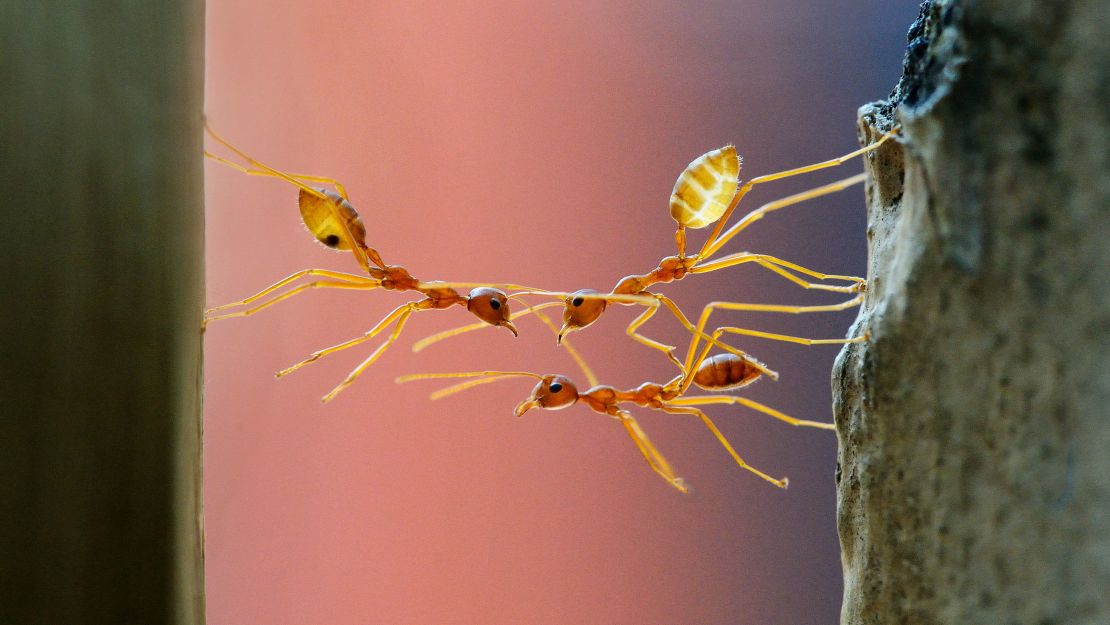
The estimated overall number is almost unimaginably huge, but the study authors said it is “conservative.” This is because they could not gather all the data they wanted to include.
For example, many ants live underground, but there were no studies available that could provide the numbers on how many, Schultheiss said. There are ants in the very far north and the very far south, like the subantarctic region, but there were not enough studies of ants in those areas to make a mathematical estimate.
Citizen scientists could fill these gaps, according to Schultheiss, who said non-scientists, even school students, could contribute to the data set in an impactful way by simply collecting leaf litter, getting all the ants out and counting how many there are.
“We hope to inspire people, first of all to respect nature, to enjoy nature, because it’s just amazing what ants can do and on what scale. But, also, if they’re willing to contribute to science with a very simple method, even very simple data can have enormous value,” he added.


